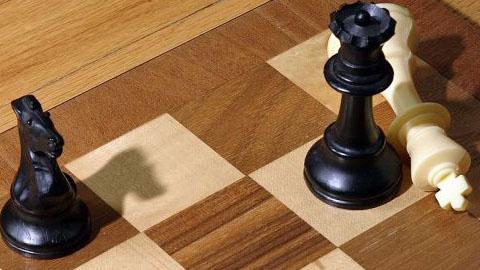
A Month of Studies: Part 1
Greetings, chess fans! My name is Walker Griggs. I am 17 years old and a USCF National Master, currently rated 2324 USCF. I attend Oberlin College in Oberlin, Ohio. At Oberlin, between semesters, students are allowed and expected to complete a "Winter Term" project. My project is this: For the month of January, I am embarking on a plan to create chess endgame studies. Furthermore, I want to publish them/enter them in competitions. I will also be chronicling this endeavor via Chess.com.
My specific goals include:
-at least 5 quality, innovative endgame studies abiding by the rules and aesthetic guidelines set down by other study-makers
-via this series on Chess.com, an insight into the creative process of making these studies.
This type of creative journalling in chess studies making has only ever been done before by Jan Timman in his excellent book The Art of the Endgame, which I read to prepare for this project. In it he hints at, although does not carefully describe, the process of creating a study: "As a rule, the endgame study composer has an end position in mind, which contains a spectacular hidden point. Then comes the stage of retrograde thinking: he investigates the position backwards, asking himself: 'What was White's last move?' and then 'What was Black's last move?' "
I have found myself using similar methods in my previous attempts at creating studies. Examine, for example, this rather inelegant composition, my only attempt at a 'study' up to this point:




